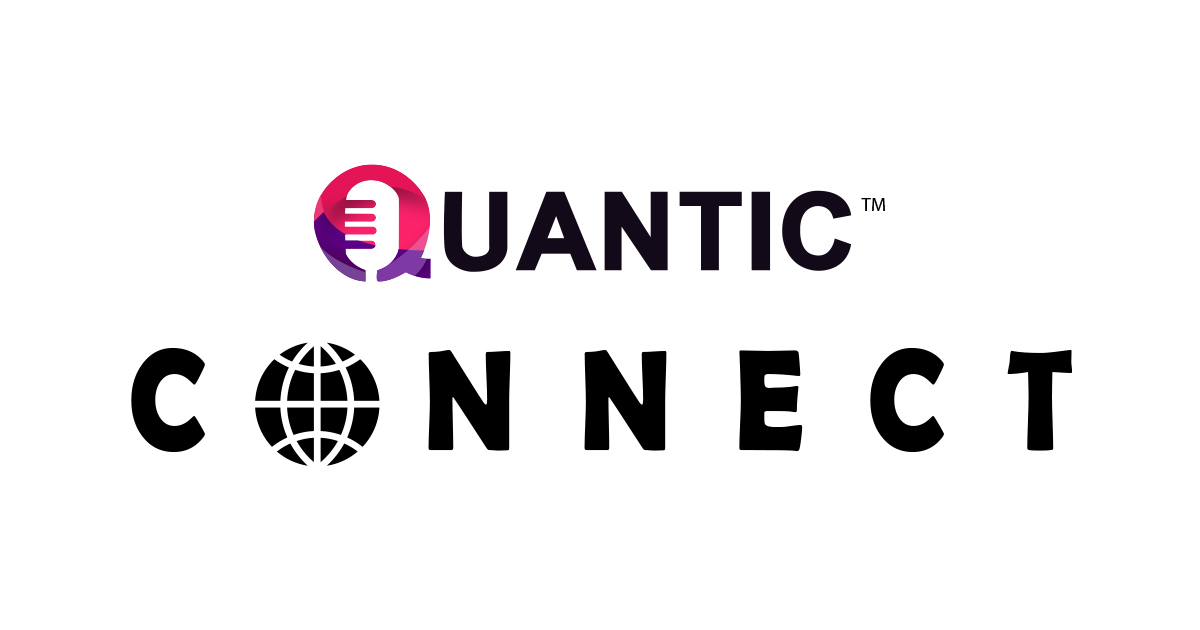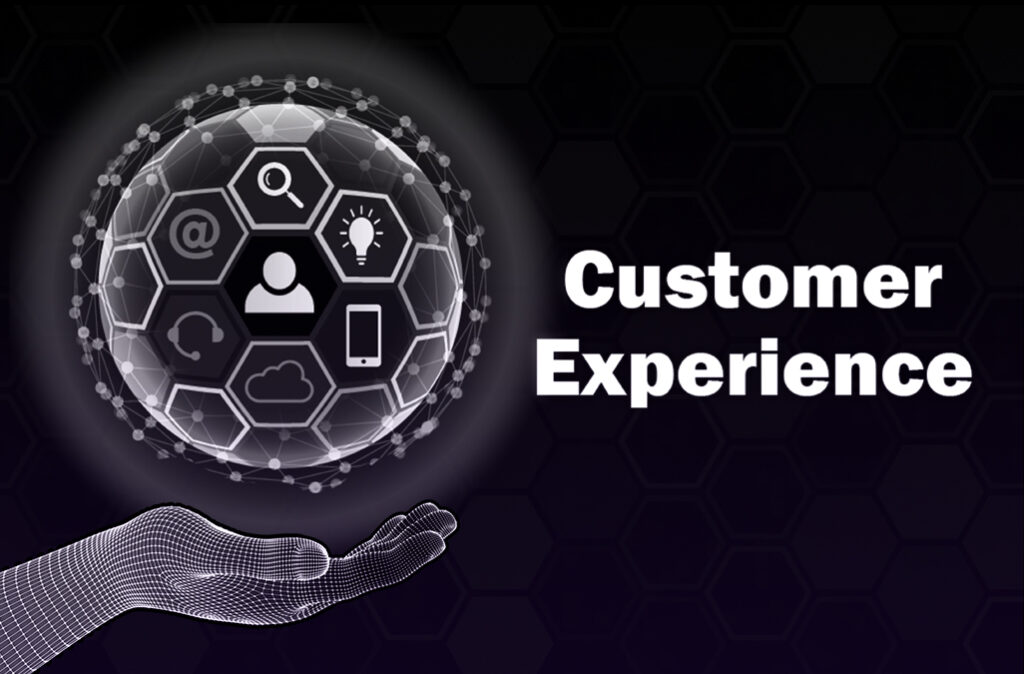In today’s highly competitive business landscape, delivering a great customer experience is no longer just a nice-to-have – it’s a must-have. CX leaders play a crucial role in every organizational activity linked to customer experience, as they give direction to them. From managing complex communication channels to dealing with changing customer expectations, a CX leader has to navigate a variety of obstacles to deliver a superior customer experience. Here are the biggest customer experience challenges that a CX leader can expect to face while operating:-
Poor Customer Data Quality – Customer data can be incomplete, inaccurate, or outdated, leading to incorrect assumptions about customer choices and behaviours. This can result in ineffective marketing campaigns, irrelevant product recommendations, and inadequate customer support, impeding the goal a CX manager wants to achieve. Poor data quality can also lead to missed opportunities to improve the customer experience, as important insights and trends may be overlooked. To overcome this challenge, CX leaders must try Implementing processes to ensure that customer data is accurate, complete, and up-to-date. This may involve cleaning and validating existing data, implementing automated data collection processes, and training staff on data quality best practices. Collaborating with other departments, such as IT and data analytics, to ensure that necessary data infrastructure and tools are in place. By improving data quality, CX leaders can gain a better understanding of customer needs and wants, leading to more personalized experiences and improved customer satisfaction.
Resistance to CX Transformations – CX transformation involve significant changes to the ways a company operates, such as adopting new technology, redesigning business processes, or implementing a new CX governance strategy in favour of customers’ requirements. Resistance to change can come from employees, who may feel that the changes will disrupt their work or that they lack the skills or resources to adapt to the new ways of working. Resistance can also come from customers, who may be hesitant to adopt new products or services or who may prefer the status. Eventually, increasing the troubles for a CX Leader to overcome resistance to CX transformations, CX leader must try Engaging stakeholders at all levels of the organization and create a shared vision for the future of the customer experience. Involve employees in the transformation process, providing training and resources to help them adapt to new ways of working. Additionally, it will be beneficial to gather and incorporate customer feedback throughout the transformation process to ensure that the changes are aligned with customer needs and preferences.
Absence of Required Tools & Technology – Effective CX management requires the use of specialized tools and technology to collect, analyse, and act on customer data. However, many organizations may lack the necessary infrastructure, resources, or budget to implement and maintain these tools, making it challenging for a CX Professional to manage customer interactions and deliver a customer experience that makes the consumers happy. To address this challenge, CX professionals must try Identifying the required tools and technology needed to manage the customer experience effectively. This may include customer relationship management (CRM) software, customer feedback management tools, customer experience analytics platform, or other specialized software.
Improper Customer Experience Framework – A CX framework defines the key elements of the customer journey, including touch points, channels, and interactions, and guides the development and implementation of CX initiatives. Without a proper CX framework, CX initiatives may lack coherence and consistency, resulting in unsatisfactory outcomes that negatively affect the plans developed by the CX professionals. By Developing a clear CX framework that aligns with the company’s vision, ideals, and values. The CX framework should define the key stages of the customer journey, the channels and touch points that customers use, and the interactions and experiences that customers have at each stage of interaction with the brand. By Continuous monitor and evaluation of the CX framework it can be optimised. This can involve regularly reviewing customer feedback, analysing data and analytics, and identifying areas for transformations.
Conclusion
Being a Customer Experience Leader can be tough. There are many hurdles to make it difficult for a better user experience. Some of these things are: incomplete customer data, different parts of the company not working together, people who don’t want to change, not knowing enough about customer experience, not having the right tools, not being able to show how customer experience helps the company, not having a good action plan ready for customer experience, and not being able to connect customer experience with the company’s goals. To fix these problems, CX Professionals need to look at what customers say and do? using latest technology and tools, showing how CX can affect a company’s bottom line. By strategizing an action plan for the team, right from the development of the products uptil the end user, with the reviews & conduct of the product/service it will surely lead to a better customer experience.



